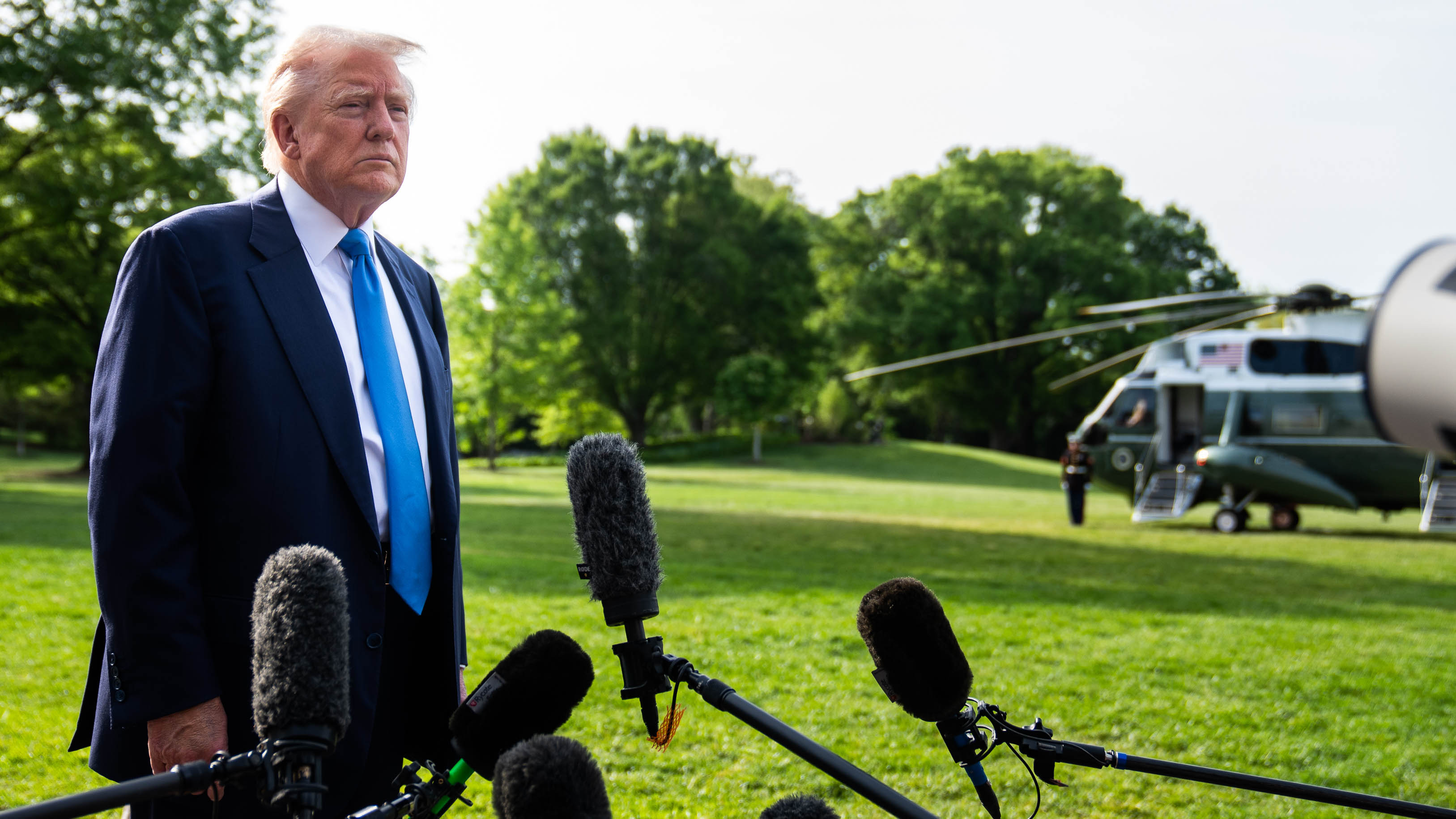For Rebecca Lemos-Otero, the founder of a nonprofit that creates school gardens, plots of vegetables and flowers don't only offer new ways to teach science or math. And give kids opportunities to be outside and moving about. And show them that their neighborhoods can be green and beautiful.
School gardens also leave some students with a taste for much-maligned kale and other fruits and vegetables they've grown themselves, Lemos-Otero said.
"The expectation that kale is part of your meal, versus this exotic food that it felt like 10 years ago, it's amazing," Lemos-Otero said.
Some organizations gather school supplies like notebooks, pens and backpacks, but her organization, City Blossoms, works directly with a dozen schools, mostly in Washington D.C., to supply them with gardens and keep them going year after year.
The goal for the 10-year-old organization is to make gardening routine for the students, not a special event. Older students sell their produce at farmers markets or to their teachers in school-based community supported agriculture subscriptions.
"They become more comfortable with expecting to try different foods. They become much more comfortable with exploring the food that's put in front of them, especially if they have something to do with the preparation or the growing of it," Lemos-Otero said.
Edna Chirico of the nonprofit Real School Gardens said she has seen a similar change.
U.S. & World
News from around the country and around the globe
"It is amazing," she said. "If they grow it, if they take care of it, if someone shows them how to cook it, the students eat it 100 percent of the time."
Some of the gardens are quite elaborate.
Real School Gardens works with schools to develop deluxe gardens, which they call outdoor classrooms. In a three-year process, teachers, students and community members can submit design ideas for the space, which include things like whiteboards, student seating areas that are shaded from sun or protected from rain, a shed full of school supplies.
Those features are intended to eliminate the possibility that a teacher might say, "Well, we were going to go outside for class today, BUT..."
"Beyond just going outside and having fun, it's about learning. Every piece of that space is intentional and has a reason for being there," said April Martin, the group's Mid-Atlantic regional director.
Real School Gardens has partnered with schools across the country for these large-scale projects, which are available only to low-income schools that apply for the program and meet qualifying criteria. It also services schools that already have garden spaces or standing beds on their campuses but want to learn more about how to integrate garden projects into learning across subjects.
School gardens remain popular, despite all of the criticism of former first lady Michelle Obama's push for healthy school lunches and claims from school cafeterias of millions of dollars in food being discarding because students refused to eat. There were more than 7,000 across the country in 2015, according to a census done by the U.S. Department of Agriculture.
The federal government — which built a "School Garden Army" during World War I and backed victory gardens at schools in World War II — encourages gardens through grants, guidance and support for food purchased from them, according to the USDA.
Today, City Blossoms and Real School Gardens are just two of many nonprofits working to get gardens up and running, in schools and elsewhere. Parents and others can contribute to the organizations or in some cases volunteer in the gardens. Groups also seek donations of plants and other supplies.
Even if the garden programs do not address school lunches directly, as Real School Gardens says, by transforming the outdoors into a space for structured open-air learning, students are able to spend more time outside, with dirt and earthworms, kale and potatoes, and to see how fresh foods grow.
That's important for children who know little about agriculture, especially those who live in cities. (Or adults for that matter: A recent survey by the Innovation Center for U.S. Dairy found that seven percent of American adults believe chocolate milk comes from brown cows.)
"We really want them to be able to connect with where their food comes from," said Jenny Schrum, director of youth programming at City Green, which works with 80 schools in New Jersey.
"There's many children who did not know that vegetables come from the ground, so it's very eye-opening," she said.
One thing that school gardens aren't necessarily doing is growing food that students, well, eat. Which is understandable, given various practical restraints like how much and what can be grown on a particular plot. Even a fairly large school garden couldn't provide food on the mini-industrial scale necessary to feed hundreds of kids daily.
But some schools are trying to get a taste of what they've grown into the schools.
The 14 schools in Charlotte, North Carolina, that are partnered with Real School Gardens all focus on the same "big six" vegetables: broccoli, carrots, peas, cabbage, spinach and cauliflower — plus, a bonus seventh vegetable, the sweet potato. Having students grow the same foods that they see on their lunch trays, even if not the produce from their gardens, gives them the chance to make connections between food production and food consumption, the group says.



